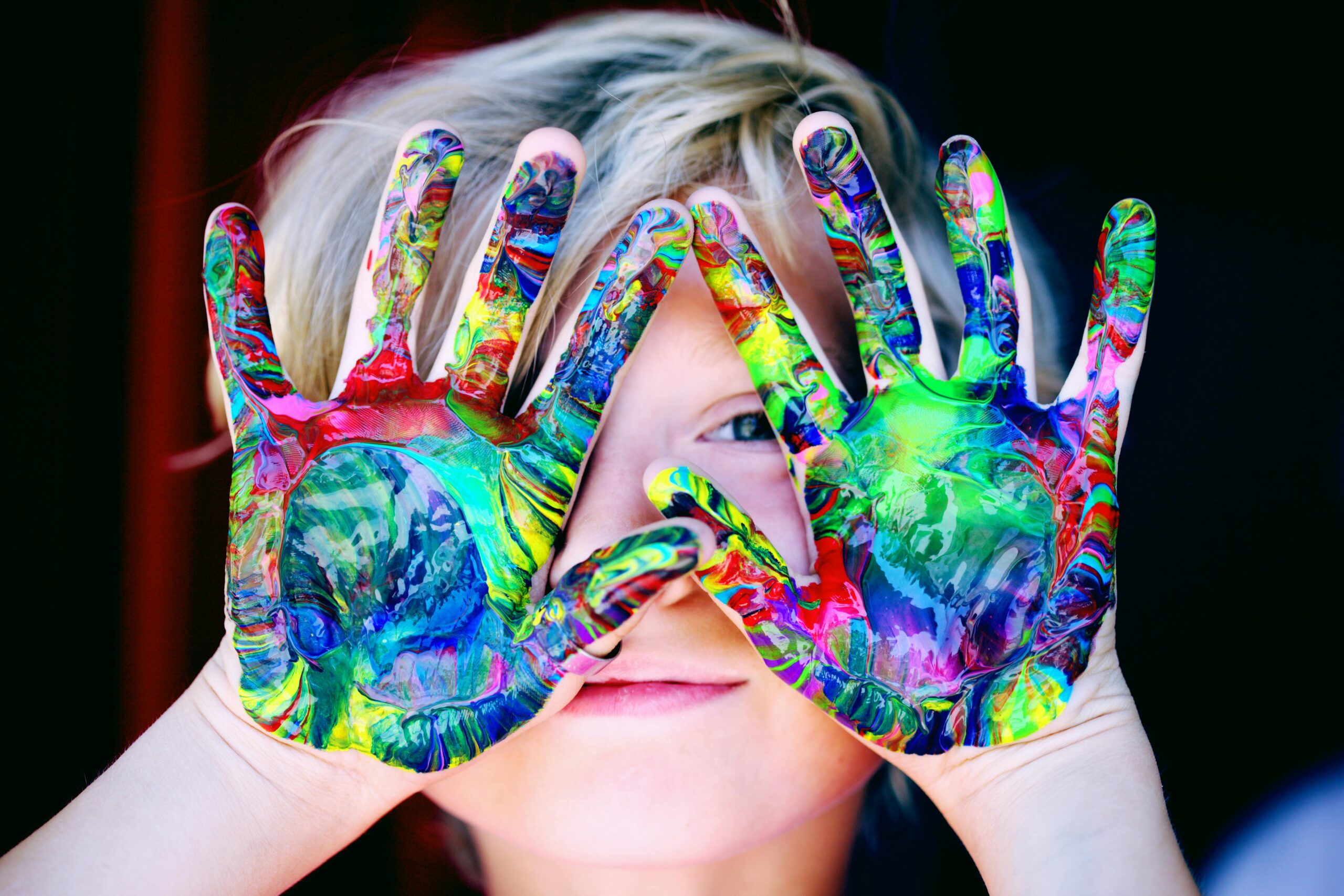Art therapy is an effective way to engage children with autism and help them develop important skills. Alongside traditional interventions, creative activities can provide a powerful outlet for self-expression and communication. Art allows children to explore their emotions, improve fine motor skills, and foster social interaction in a safe and supportive environment.
The importance of early diagnosis and intervention
Before diving into creative activities and autism, it’s important to realize that recognizing the early signs of autism can be life-changing for both the child and their family. Early diagnosis allows for timely intervention, which can significantly impact a child’s long-term development. This is where Applied Behavior Analysis (ABA) therapy shines. The early introduction of ABA can help in building foundational skills, improving social interactions, and even preparing the child for school. It’s all about giving the child the best start possible by addressing core challenges early on. Parents often find that the earlier they start with ABA therapy, the more progress they see, making early intervention a crucial component of autism care.
Tips for parents and caregivers
You don’t have to be a professional artist to set up a creative space at home for your child. Simple materials like crayons, paper, and clay can go a long way. The key is to create an environment where your child feels free to explore and express themselves. Start with easy activities, such as finger painting or coloring, and gradually introduce more complex projects as your child gains confidence. It’s also beneficial to collaborate with your child’s therapist to integrate these activities seamlessly into their ABA therapy. Sharing your child’s interests and progress can lead to individualized strategies that optimize their development.
The power of creativity in ABA therapy
When thinking about the benefits of ABA therapy for autism, it’s easy to picture structured sessions focusing purely on behavioral techniques. However, introducing creativity into these sessions can greatly improve their effectiveness. Arts and crafts have an incredible power to unlock new ways for children to express themselves. When children with Autism Spectrum Disorder (ASD) engage in creative activities, they often discover a whole new world of possibilities. Painting, drawing, and sculpting are just a few examples of activities that can play a significant role in behavior development. Through art, children can improve their fine motor skills, increase their attention span, and even practice decision-making. Best of all, they can do so while having fun and expressing their unique personalities.
Making informed decisions
Choosing the right ABA therapy provider can feel overwhelming, but it doesn’t have to be. Look for providers who offer personalized programs tailored to your child’s specific needs. It’s also important to ensure that therapists are well-trained and experienced in working with children with ASD. Don’t hesitate to ask questions and even seek out testimonials from other parents. Collaborating with therapists and being an active participant in your child’s intervention plan can also make a big difference. Lastly, community support groups can offer invaluable advice and emotional support, helping parents feel less isolated and more empowered.
Fostering inclusivity through awareness
Increasing autism awareness within communities can lead to greater inclusivity and reduced stigma. Programs that educate the public about autism play a vital role in this effort. By highlighting the strengths and potential of individuals with autism, these initiatives help to dispel myths and foster a more accepting environment. Inclusive events, workshops, and activities also provide opportunities for individuals with autism to shine and be celebrated for their unique talents. Through collective efforts, we can create a world where every child with autism is understood, valued, and given the opportunity to thrive.











